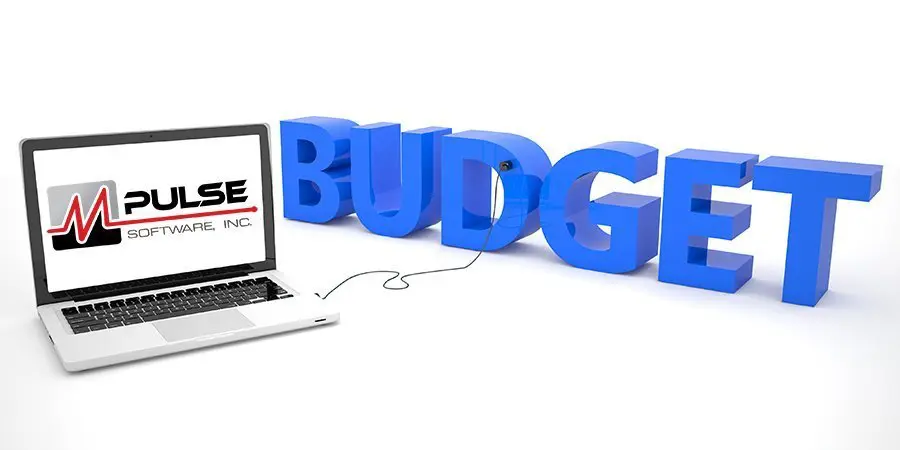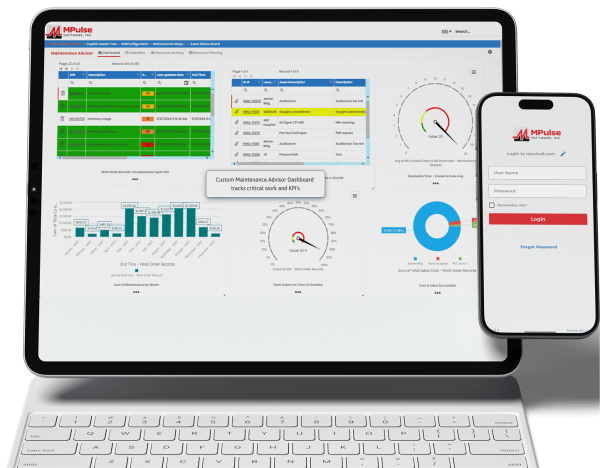Many maintenance departments create annual budgets based on prior expenses.
It’s a simple process—pull all the expenditures, check to see if something unusual happened during that time, and increase the budgeted amount by other planned expenses you see coming.
But CMMS data goes far beyond just showing expenses. You’ll also find valuable insights into how your department is functioning, and what you can do to improve.
And that information can make your budget process easier and much more accurate.
Table of Contents
Creating Your Maintenance Budget
A maintenance budget includes employee salaries and benefits, as well as direct costs such as parts, equipment replacement, vendor services, and special projects.
Every maintenance manager knows that it’s hard to create a realistic budget without historical information. CMMS software tells you exactly what you’ve spent in the past, so you have a strong foundation for budget forecasting.
Preventive maintenance schedules make it easy to estimate labor and inventory costs for key assets. Historical data about labor costs, special projects, and staff training are other areas where CMMS software can help you accurately estimated future costs.
Unplanned maintenance is more unpredictable, of course. But again, CMMS data can provide information about emergency repairs on assets and what it took to get them running again, giving you a better idea about what to expect.
Analyzing a Maintenance Budget
Maintenance costs affect any organization’s bottom line in two ways: the money spent and the prevention of additional expenditures via preventive/predictive maintenance. That’s why CMMS software is vital to controlling maintenance costs—and determining where the department can improve.
Real-world examples of what MPulse customers have found when they created their budgets from MPulse data include…
- The cost of overtime labor made it more efficient to hire another person than continue to pay overtime or outsource the work.
- Too much overstocked inventory was sitting on shelves, quickly becoming unusable.
- Expedited shipping fees were costing more than stocking certain parts.
- Some equipment was costing more to maintain than it was to replace.
- Employee productivity was improving after specific training classes.
- Some work was less expensive to outsource, so employees could focus on their core tasks.
Next time, we’ll talk about a related topic—tracking your maintenance budget with CMMS software.
In the meantime, contact us with your specific questions about how MPulse can make your maintenance budgeting process much easier.






